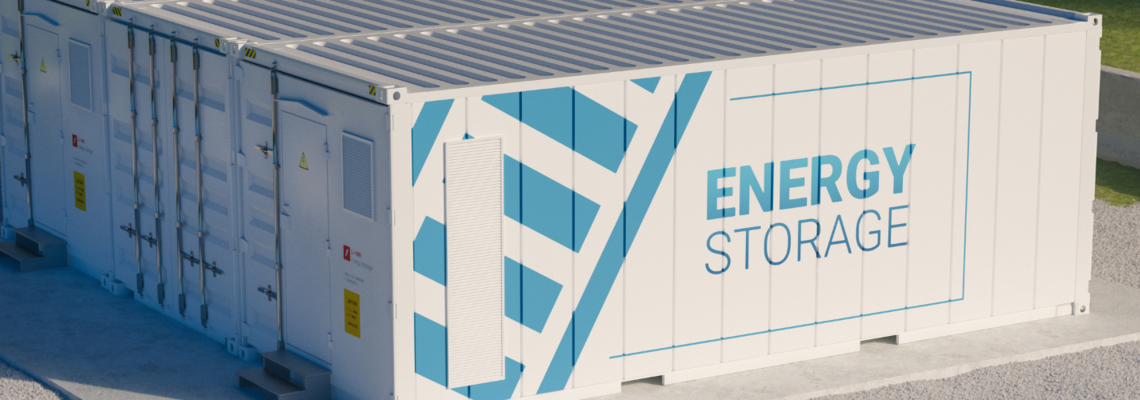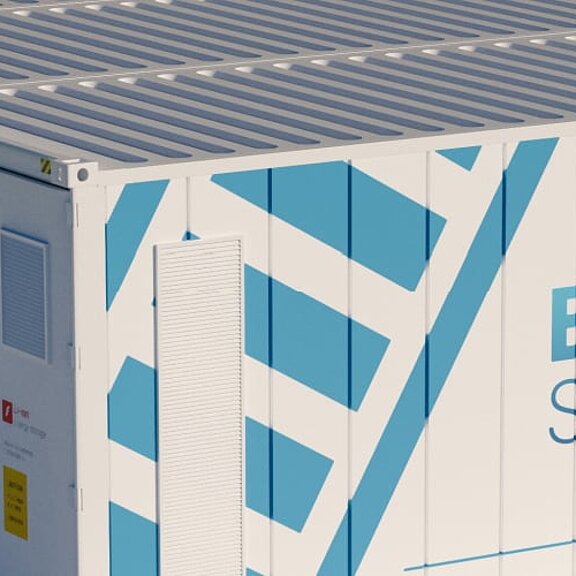

It seems that you are visiting us from another country. For suitable information from your region, please switch to another Bender website
If you are looking for information relevant to ###COUNTRY###, we can redirect you to the ###TARGET_SITE### website.
Click here for Bender's privacy policy.
